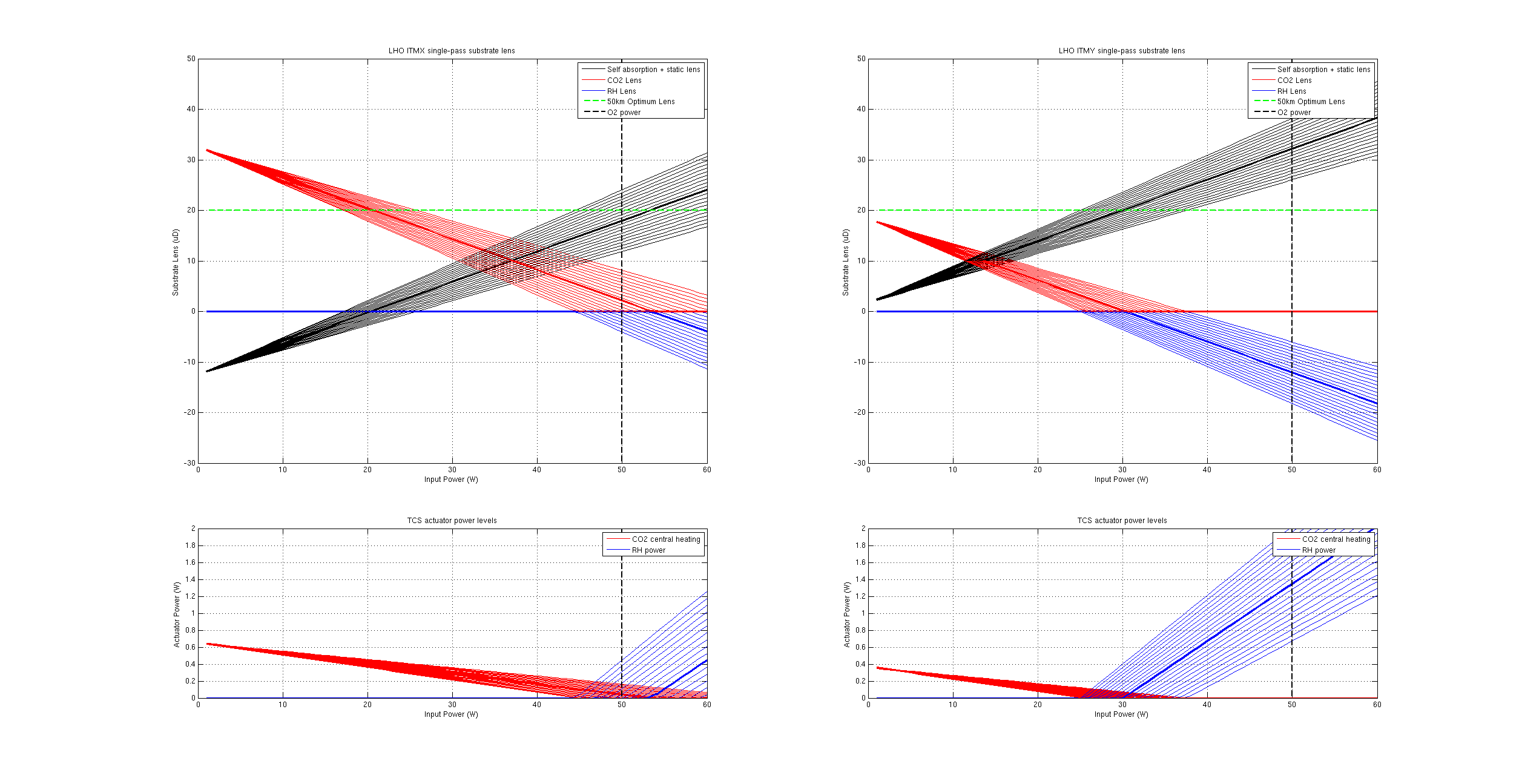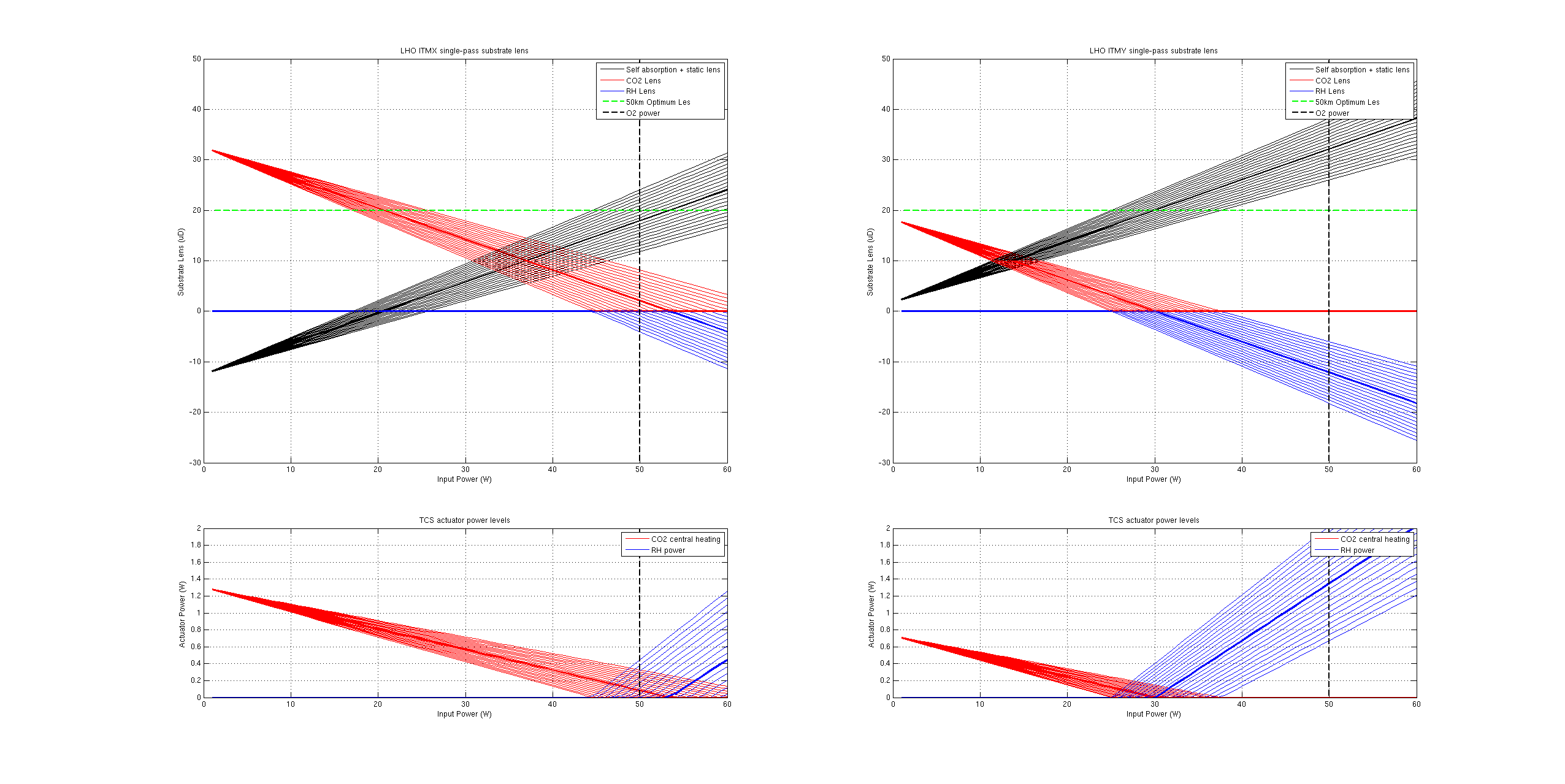Lately we have been aligning DRMI by hand before letting the ASC come on because the ASC engagement has been rough and caused many locklosses.
Tonight I watched WFS signals while Corey alinged by hand (and the BS drifted in pitch while cooling off from a 50W lock). It looked like AS45Q was a better signal for the BS than the 36 WFS, with much less sensitivity to other optics. Hoping that this would help DRMI ASC acquire more smoothly, I tried it out by eyeballing the relative gain. (where ASB36Q using a 2 in the input matrix, we used a -100 for AS45Q).
This seems to be working quite well, we have acquired lock with bad alingments about 3 times durring these earthquakes, and let the gaurdian handle the ASC without aligning by hand.
We need to switch back to AS36 before we do the CARM offset reduction.
I've moved the DRMI ASC offloading, fast shutter testing, and waiting for BS ISI out of the CARM on TR guardian state (this state was getting crowded with things that are not related to CARM.) There is now a new state called DRMI_ASC_OFFLOAD that switches MICH to AS36, waits for the ASC to converge, tests the fast shutter if needed, and waits for the BS ISI to isolate stage2. This happens before CARM on TR.























The BS was using AS36BQ durring DRMI locks, and switching to AS36AQ before increasing power. The build ups are better in DRMI at the zero crossing of AS36AQ, so we are now switching from ASB45Q to ASA36Q after DRMI ASC has convereged, before starting the CARM offset reduction. We no longer need to change anything about the MICH ASC before we increase power, we are using the high power matrix from the begining.